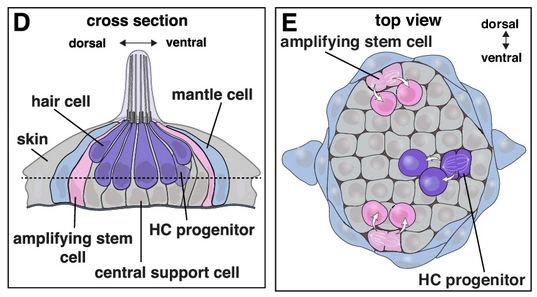By Kathleen Wallace, Au.D.
Audiologists are a tiny, but mighty, profession consisting of only 13,000 professionals to service the third most common chronic condition in the United States (hearing loss), the most common service related disability (tinnitus), the leading cause of visits to the emergency rooms (falls), and the condition for which one billion people worldwide are at risk (noise-induced hearing loss). Yet, most people don’t know what an audiologist is and pay little attention to their own ears.
When I meet new people and get asked what I do, my answer is often met with blank stares. On the occasions when someone does know what an audiologist is, it is typically a game of word associations: audiologist with hearing aid and old people or perhaps nurse with hearing screening and elementary school.
This, however, doesn’t come as a surprise. Audiologists have long struggled with promoting the profession both within healthcare and among the general public.
But what tends to happen next is where things really get interesting. Once people know I’m an audiologist, friends, family, and strangers come out of the woodwork with ear questions. I have been asked about earwax at funerals, my thoughts on over-the-counter hearing aids at weddings, hearing protection at baptisms, and vertigo at birthday parties. It turns out people are actually quite curious about their ears! They just never knew who to ask.
With this insight, I took to social media to gauge the appetite for people to learn more about their ears. I decided that I’d turn the countless questions I’ve gotten in real life into short, digestible, educational videos where I answer them as if I just met you at a party. On social media as @EarDocOfTikTok, I’ve garnered millions of views, tens of thousands of comments, and thousands of followers. The comments section is (mostly) filled with more ear questions or topic requests, ranging from fairly simple inquiries like how to pronounce tinnitus to more complex topics like why accents are so difficult to understand.
Here are a few insights I’ve gained from TikTok:
Social media challenges you to deliver your message as succinctly and clearly as possible, and to do so in an engaging manner. It has been excellent practice for counseling patients and figuring out how to boil down years of study and clinical experience into salient points.
It has been the best market research possible, giving a pulse on how people are thinking about their ears, audiologists, areas of interest, and service delivery methods. There are a lot of opportunities for audiologists to evolve if we’re willing to listen to what our patients truly want.
People want the guidance of a professional, but many don’t know how to get to one. Our knowledge base is more sought after than many may realize; we just aren’t reaching them in the right way. Audiologists have to continue public outreach and engagement.
My hope is these videos will help close the gap between audiologists and the public and pull the veil back on the often convoluted hearing healthcare space. By putting education and awareness at the forefront, audiologists can build the trust needed to evolve this profession and better serve our patients. All we have to do, ironically, is listen.
Find Hearing Health editorial committee member Kathleen Wallace, Au.D., at @EarDocOfTikTok on TikTok, @drkathleenwallace on Instagram, via TunedCare at tunedcare.com, and at her practice in New York City. For more, see kathleenwallaceaud.com.








Before I discovered CART, I often felt left out, despite being physically present. This gap in awareness affects thousands of people. That’s why I speak up, because access delayed is opportunity denied.